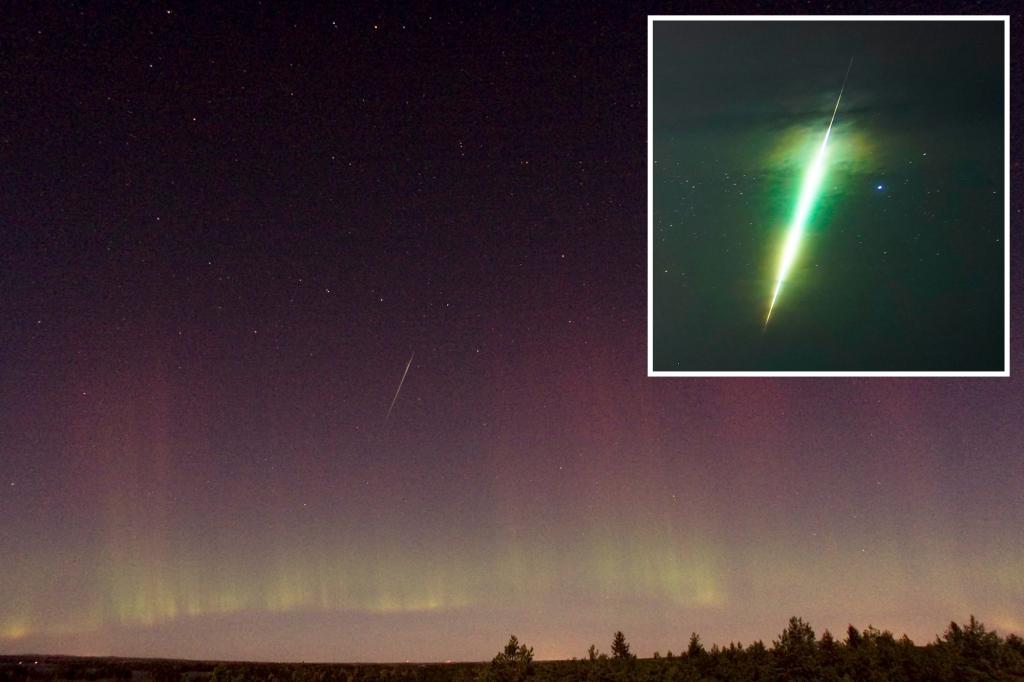The annual Draconid meteor shower is expected to be visible in the skies of America from Oct. 6 to Oct. 10. While this year’s display may be fainter than in previous years, experts suggest that 2025 could bring a stronger light show. The Draconids are known for featuring the dragon constellation Draco and are one of the weaker meteor showers, with only about 10 meteors visible per hour during its peak on the evenings of Oct. 7 and Oct. 8, traveling at 21 kilometers per second.
The intensity of the Draconid meteor shower can vary greatly, sometimes reaching over 1,000 meteors per hour during a strong outburst. This variability is due to the gravitational pull of other planets, primarily Jupiter, which can affect the comet’s trajectory and bring it closer or further away from Earth. Ideal conditions, such as clear skies, low light pollution, and a willingness to stay up late, are essential for optimal viewing of the Draconids.
Draco, the constellation from which the meteors originate, is relatively easy to spot near the Big Dipper and Little Dipper constellations. The Draconids were first discovered in 1900 by French astronomer Michel Giacobini at the Nice University in France and later recovered by Ernst Zinner in 1913. The meteor shower’s source, Comet 21P/Giacobini-Zinner, leaves a trail of rock and ice that burns up upon entering Earth’s atmosphere, creating the Draconid spectacle each year.
According to Bill Cooke, the lead of NASA’s Meteoroid Environment Office, the Draconids are known as an “all-or-nothing shower,” meaning that they can sometimes have outbursts with high meteor activity. However, during normal years, the meteors are faint and move slowly, with only two to three visible per hour. The Draconids are expected to continue to be a unique and intriguing event for astronomy enthusiasts, especially during potential peak years like 2025 when a stronger display might occur.
While the Draconid meteor shower may not be as well-known or intense as other meteor showers, its connection to the dragon constellation Draco adds to its mystique and allure. The unpredictable nature of the Draconids, with the potential for both faint displays and intense outbursts, makes them a captivating event for sky watchers. With a bit of luck and the right conditions, viewers in areas with limited air pollution may have the chance to witness this celestial phenomenon and marvel at the beauty of the night sky.
Despite the challenges of observing meteor showers in heavily light-polluted areas, the annual Draconid meteor shower offers a unique opportunity for Americans to connect with the wonders of the cosmos. The faint but fascinating display of meteors originating from the dragon constellation Draco serves as a reminder of the unpredictable and awe-inspiring nature of space. Whether this year’s Draconids are a prelude to a spectacular show in 2025 or simply a modest display, they continue to captivate astronomers and stargazers alike with their mysterious origins and occasional bursts of meteoric activity.


